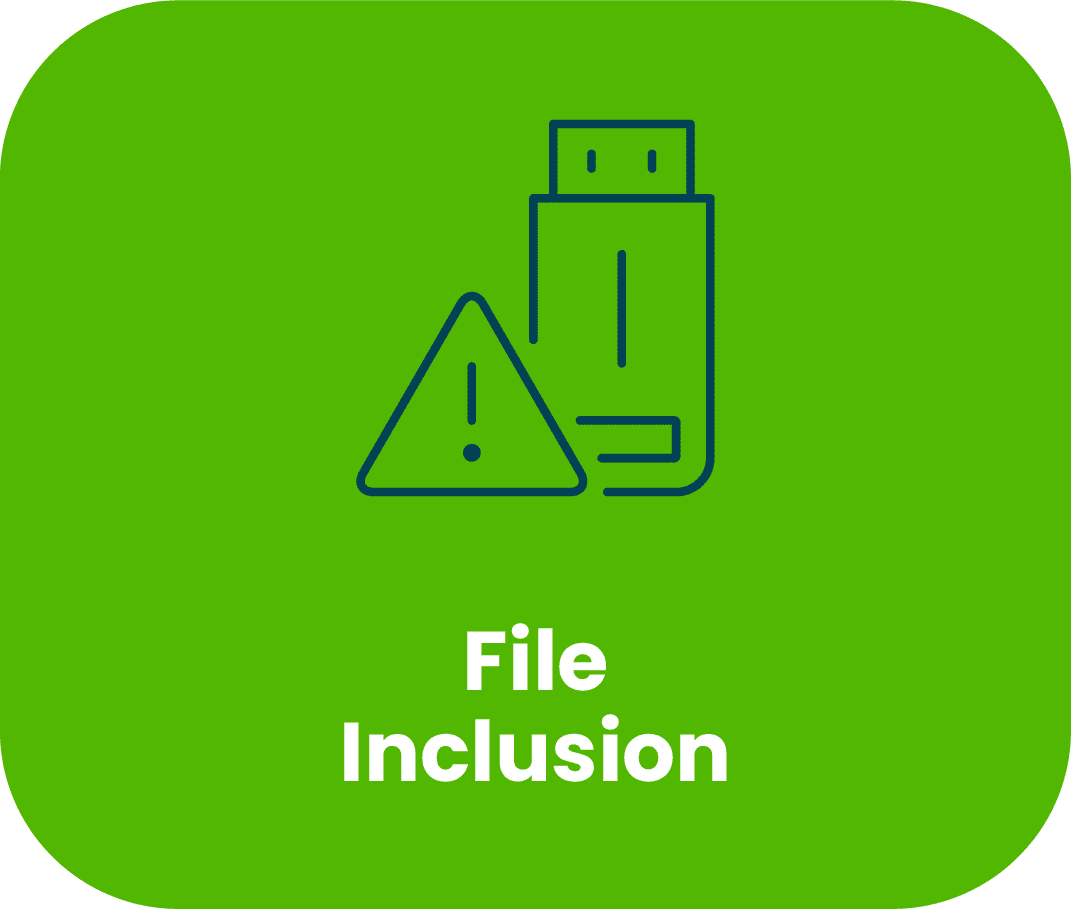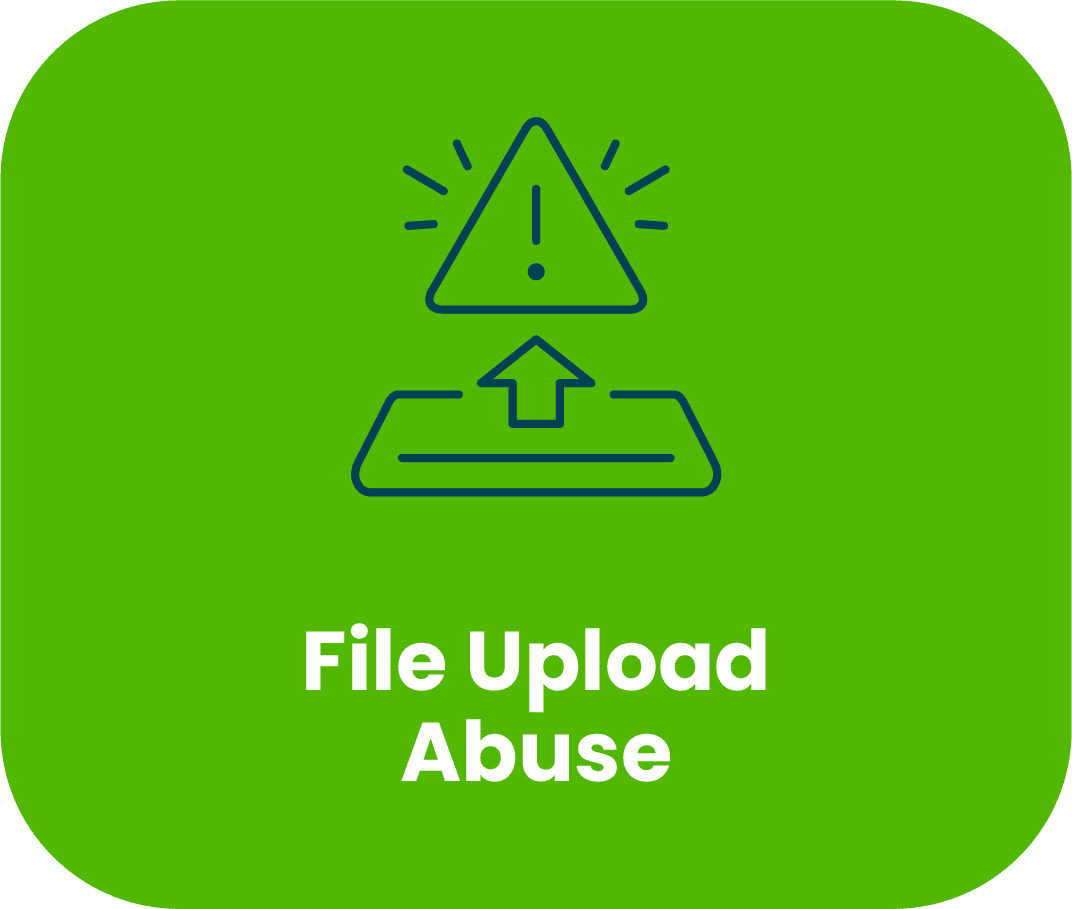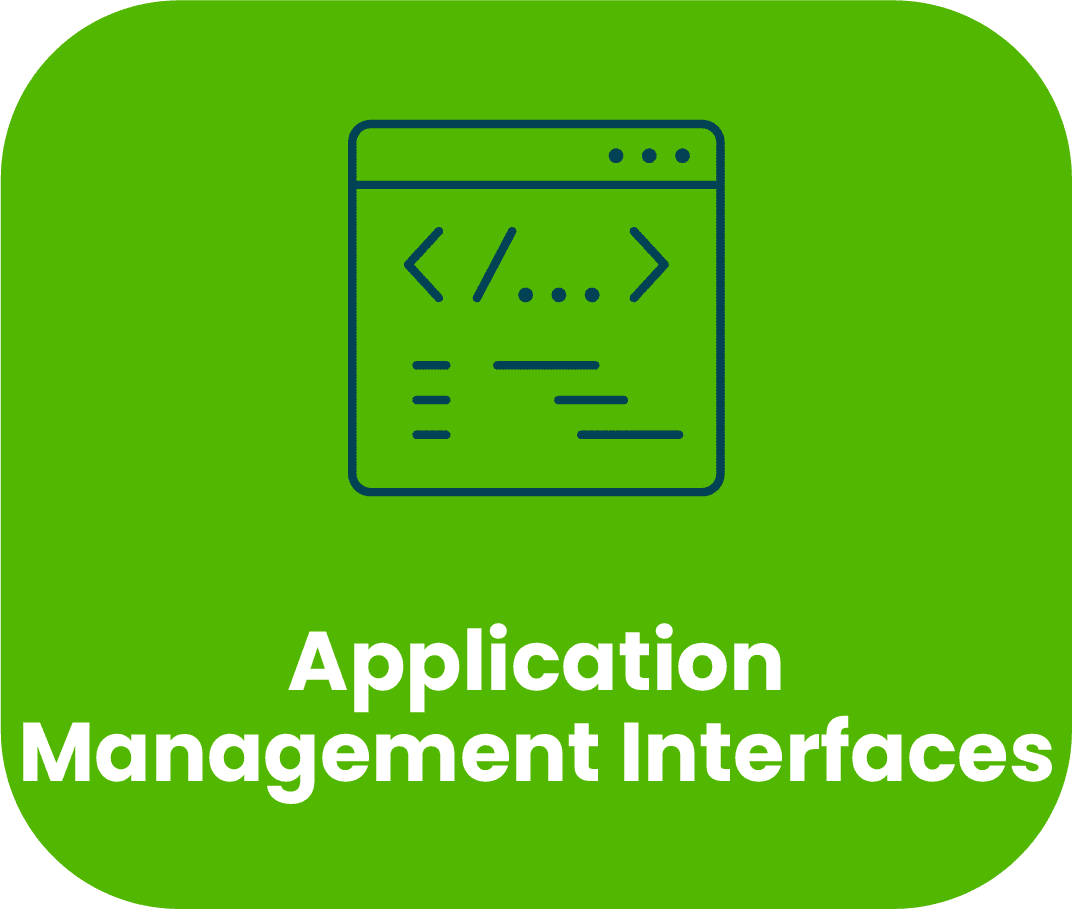Course dates
No events to show
Introduction
The advanced application testing course is designed to develop a penetration tester into a highly skilled and valuable consultant.
Candidates will explore a custom built lab environment populated with applications offering a wide array of vulnerabilities and protections. The course focusses on expanding candidates understanding of web based vulnerabilities and works on the following concept:
Identify a vulnerability > Create a working Proof of Concept > Create a weaponised payload
This allows us to ensure that all candidates possess the skills required to adapt to the different complexities web applications may offer.
Through our links with the exam body “The Cyber Scheme”, we have been able to produce a syllabus that ensures candidates learn a range of skills to demonstrate their competency at the CHECK Team Leader level.
This course is delivered by highly skilled trainers and will provide candidates with the opportunity to hone their technique when it comes to hands on penetration testing.
Candidates focus on manual approaches to identifying vulnerabilities and then step through increasing levels of complexity. This is to ensure that the fundamental knowledge has been understood and that candidates can identify challenges and adapt their pentesting process accordingly.
Both practical and theory based training are used in this course to ensure that not only do candidates possess the technical skills to attack an application, but also the consulting skills to be able to understand how this would impact a client and to recommend appropriate remedial steps to reduce the risk of an attack.
Our lab guide will ensure that all tasks are broken down into manageable steps that guide candidates through the exercises.
Who is the course for?
- Those looking to progress their career and demonstrate capability
- Penetration Testers
- Those preparing for CHECK Team Leader exams
- Security Analysts
Course modules
All the available modules within the Advanced Application Testing Course:

Why North Green Security
With over 15 years’ experience in the cyber security industry, the North Green Security training team is able to bring real world scenarios into the classroom. Our training team are highly skilled and have achieved CHECK Team Leader Infrastructure & Application qualifications themselves. By ensuring our trainers are still responsible for delivering security engagements for clients, our training is constantly adapted to reflect the ever-changing landscape of the cyber security industry.
We have a real passion for our subject and genuinely care that candidates understand what they are learning. We provide a community feel that enables candidates to feel at ease and we promote an environment where any questions can be asked and will be answered.
Frequently Asked Questions
Affiliated with:














